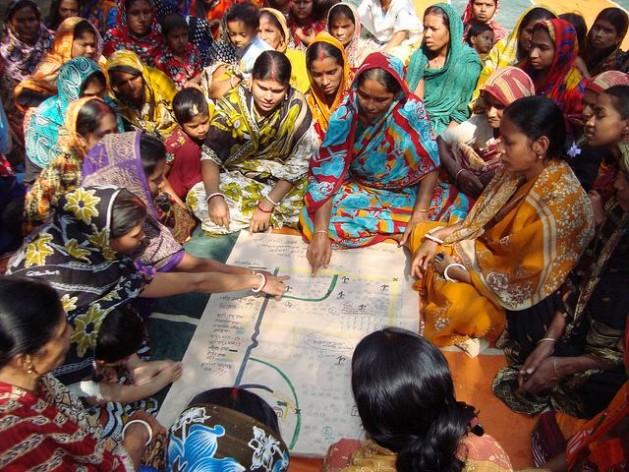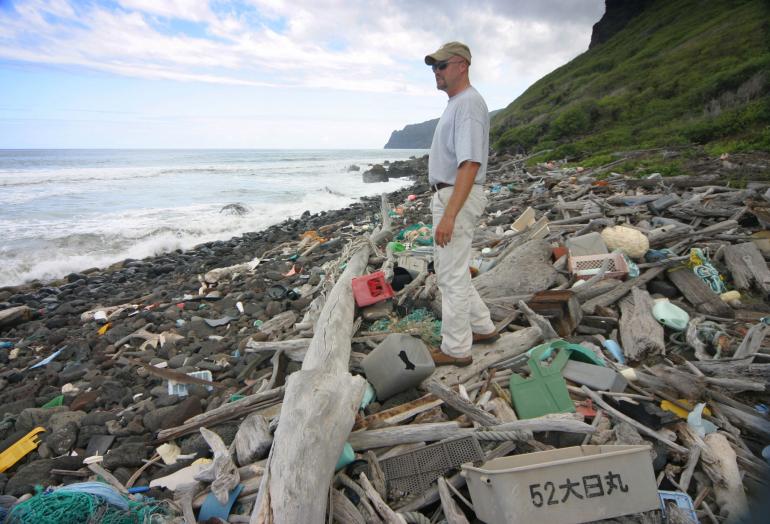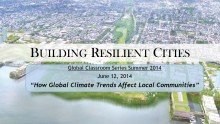Facebook Posts
Submitted by shermmarshall on
Great Pacific Garbage Patch: Scientists Can't Find A Lot Of The Plastic They Know Is In The World's Oceans
Submitted by shermmarshall on
Great Pacific Garbage Patch: Scientists Can't Find A Lot Of The Plastic They Know Is In The World's Oceans
Submitted by shermmarshall on
Building Resilient Cities: How Global Climate Trends Affect Local Communities
Submitted by wrscpmd on
Resilient Cities 02: Sustainability and Resiliency = Mitigate + Adaption
Submitted by c.bernhardt.14 on
Resilient Cities 02: Sustainability and Resiliency = Mitigate + Adaption
Submitted by c.bernhardt.14 on
San Diego Regional Chamber of Commerce Certificate of Merit
Submitted by Thanasi on
Resilient Cities 02: Sustainability and Resiliency = Mitigate + Adaptation
Associated Media
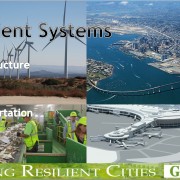 A PDF of the PowerPoint on "Building Resilient Cities 02: Sustainability and Resiliency = Mitigate + Adaptation", created and presented by Cameron Bernhardt, Amy Syvrud, and Alyssa Zamora for the Global Energy...
A PDF of the PowerPoint on "Building Resilient Cities 02: Sustainability and Resiliency = Mitigate + Adaptation", created and presented by Cameron Bernhardt, Amy Syvrud, and Alyssa Zamora for the Global Energy...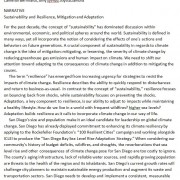 A review of the topic, "Resilient Cities 02: Sustainability and Resiliency = Mitigate + Adaptation". The document and PowerPoint were created and presented by Cameron Bernhardt, Amy Syvrud, and Alyssa Zamora for...
A review of the topic, "Resilient Cities 02: Sustainability and Resiliency = Mitigate + Adaptation". The document and PowerPoint were created and presented by Cameron Bernhardt, Amy Syvrud, and Alyssa Zamora for...- Resilient Cities 02: Sustainability and Resiliency = Mitigate + Adaptation



